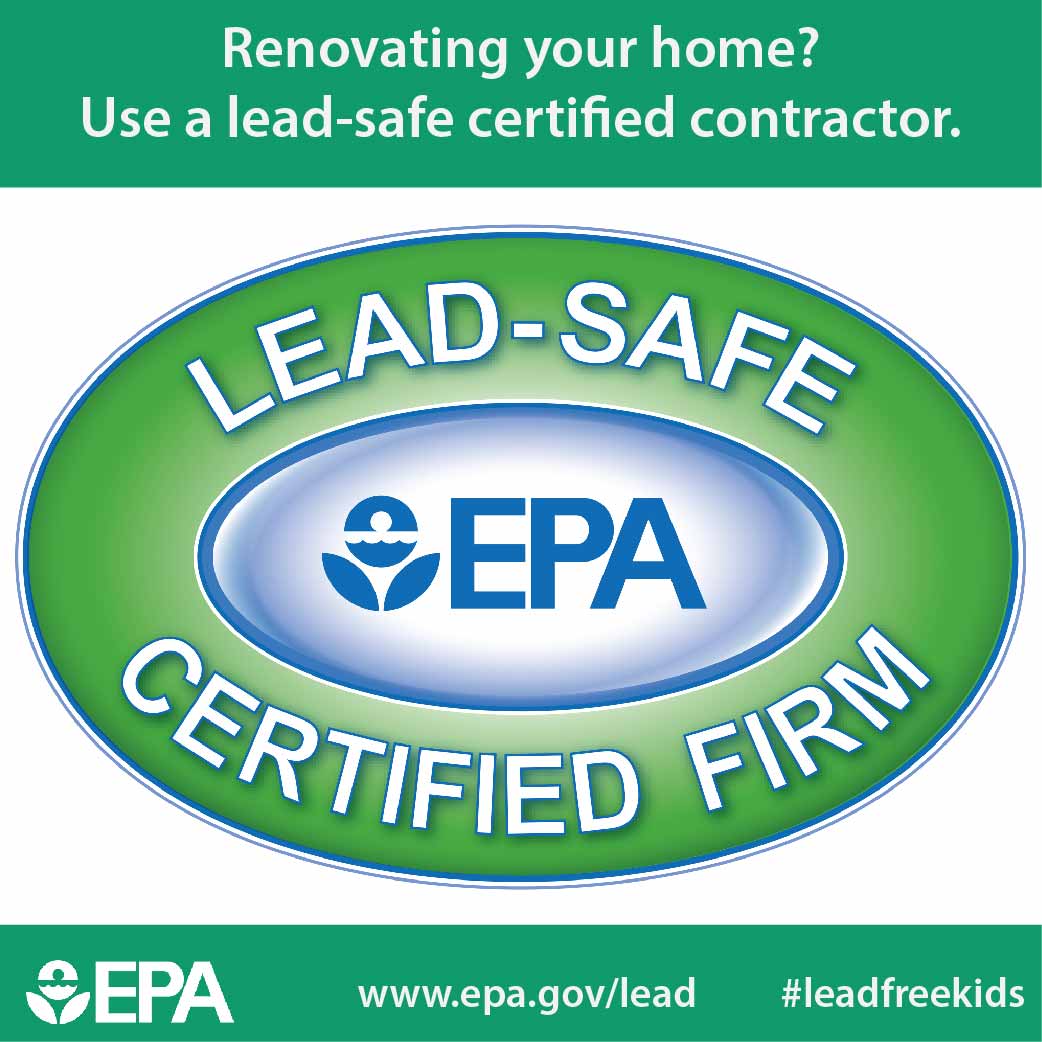Essential Seasonal Aspects Of Commercial Exterior Painting: What You Need To Understand
Essential Seasonal Aspects Of Commercial Exterior Painting: What You Need To Understand
Blog Article
just click the up coming page By-McLamb Browne
When you're planning a business outside paint job, seasonal aspects can make or damage your results. You'll wish to take into consideration exactly how temperature and moisture effect paint application and drying times. Selecting the right season can guarantee your paint sticks appropriately and lasts much longer. Yet which periods are genuinely the most effective for this sort of work? Allow' how to clean paint brushes latex out the key elements that can affect your task's success.
The Effect of Temperature Level on Paint Application
When you're preparing a commercial external paint task, the temperature level can dramatically impact exactly how well the paint adheres and dries.
Ideally, you want to paint when temperature levels range between 50 ° F and 85 ° F. If painter close to me 's as well chilly, the paint might not cure appropriately, causing problems like peeling off or fracturing.
On the other hand, if it's also hot, the paint can dry as well promptly, preventing proper adhesion and resulting in an uneven finish.
You need to likewise take into consideration the moment of day; morning or late afternoon uses cooler temperature levels, which can be much more positive.
Always examine the maker's suggestions for the specific paint you're utilizing, as they usually give assistance on the ideal temperature level variety for optimum outcomes.
Moisture and Its Result on Drying Times
Temperature isn't the only ecological variable that influences your industrial exterior painting project; humidity plays a significant role as well. High moisture degrees can decrease drying times dramatically, affecting the general top quality of your paint job.
When the air is filled with wetness, the paint takes longer to treat, which can lead to issues like inadequate bond and a higher risk of mold growth. If you're painting on a particularly damp day, be prepared for extended delay times between layers.
It's vital to monitor local weather and strategy as necessary. Preferably, go for moisture levels between 40% and 70% for ideal drying.
Maintaining these factors in mind guarantees your task remains on track and supplies a long lasting finish.
Best Seasons for Commercial Outside Paint Projects
What's the best time of year for your industrial outside paint jobs?
Spring and very early autumn are usually your best options. Throughout these periods, temperature levels are light, and humidity degrees are typically reduced, developing optimal conditions for paint application and drying out.
Avoid summer's intense heat, which can cause paint to dry as well quickly, causing inadequate attachment and surface. Similarly, wintertime's chilly temperatures can hinder appropriate drying out and healing, taking the chance of the longevity of your paint job.
Go for days with temperature levels in between 50 ° F and 85 ° F for optimum results. Bear in mind to check the regional weather forecast for rain, as wet problems can spoil your project.
Planning around these variables guarantees your painting task runs efficiently and lasts much longer.
Conclusion
Finally, preparing your business exterior painting projects around seasonal considerations can make a significant distinction in the result. By scheduling job throughout the suitable temperature levels and moisture levels, you'll guarantee far better bond and drying times. Bear in mind to keep an eye on local weather report and pick the right time of year-- spring and very early fall are your best options. Taking these actions will help you accomplish a sturdy and professional finish that lasts.
